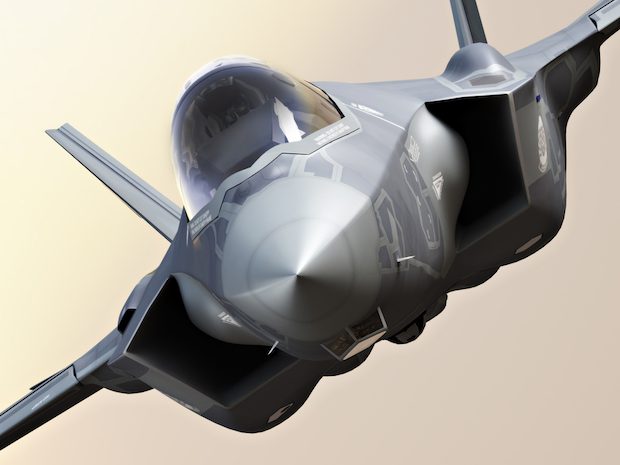Trump Vs. The Military-Industrial Complex

Just over a year after Northrop Grumman won the multibillion dollar contract to build a next-generation stealth bomber, the company appointed Mark Welsh, who was serving as Air Force chief of staff at the time of the contract award, to its board.
The appointment, announced Friday, is not unusual in Washington, where former high-ranking Pentagon officials often go to work for the defense industry after their military service. But it comes as President-elect Donald Trump is highlighting the potential conflicts of interests in the “revolving door” between the Pentagon and industry, as he vows to clean up Washington.
On Monday, Trump also took a shot at Lockheed Martin’s $400 billion F-35 Joint Strike Fighter program, the most expensive in the history of the Pentagon, saying the “cost is out of control. Billions of dollars can and will be saved on military (and other) purchases after January 20th.”
More:
In an interview on Fox News Sunday, Trump said there should be a “lifetime restriction” of top defense officials going to work for defense contractors.
“The people that are making these deals for the government, they should never be allowed to go to work for these companies,” he said. “You know, they make a deal like that and then a year later, or two years later, or three years later you see them working for these big companies that made the deal.”
Whole thing here. Well said, Trump! More of this kind of butt-kicking, please.
UPDATE: David Graham at The Atlantic says it’s a lot more complicated than that. Excerpt:
The plane’s critics range from lefties who see it as just another case of Pentagon bloat to conservative hawks who see it as good money spent on a bad project. Its defenders similarly run the gamut, from the military contractors who benefit from the plane to the members of Congress who want the plane constructed in their constituencies.
Some progressives will view Trump’s attack as a welcome broadside against the military-industrial complex, though they’re probably misguided if they expect to find much of an ally in Trump. He has made repealing the Defense sequester a priority, and wants to expand every branch of the armed forces by large amounts. Estimates of what all that would cost run around $100 billion—or about 1,000 times the cost of an F-35. While the F-35’s supply chain stretches around the country and around the globe, final assembly takes place in Fort Worth, in ruby-red Texas.